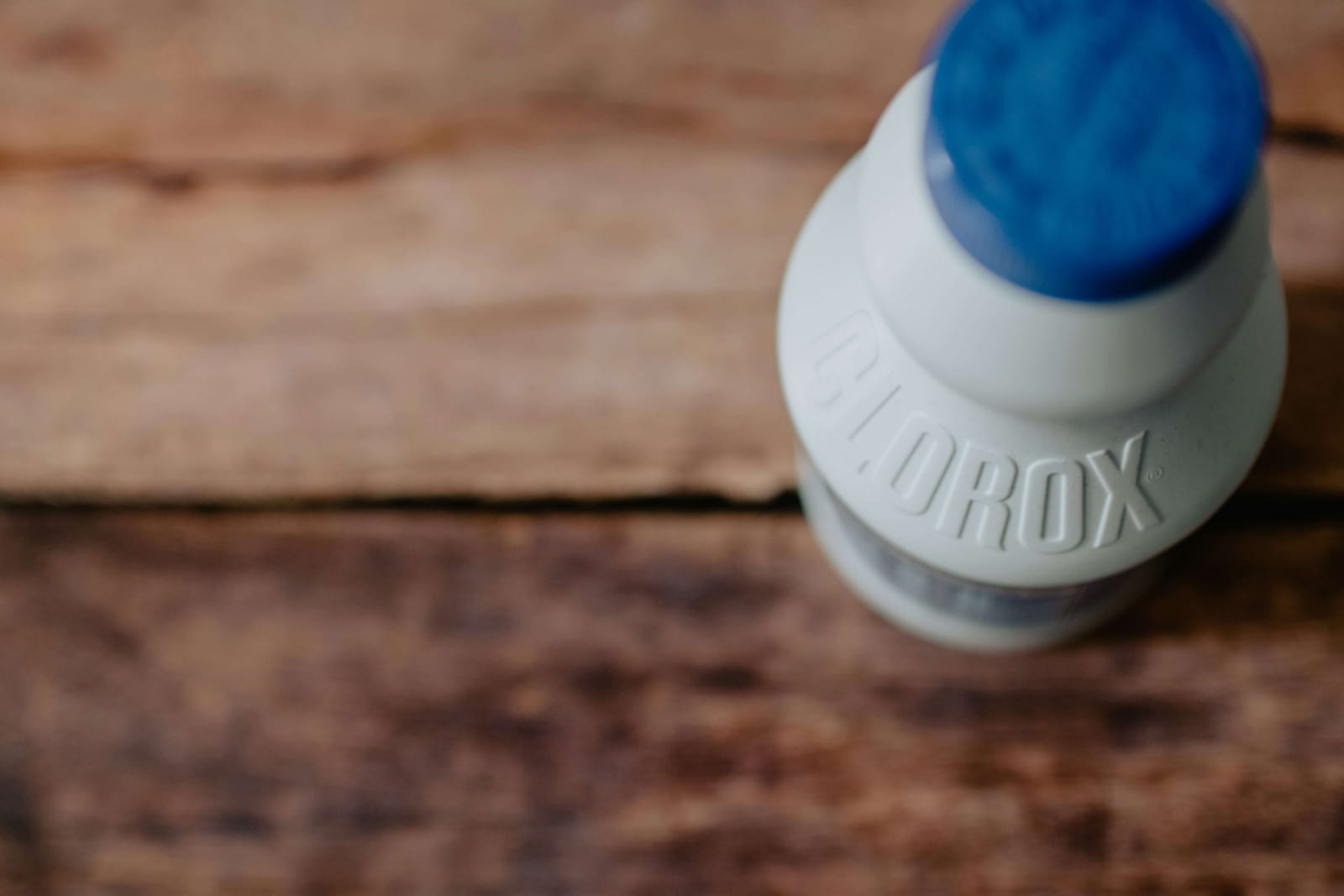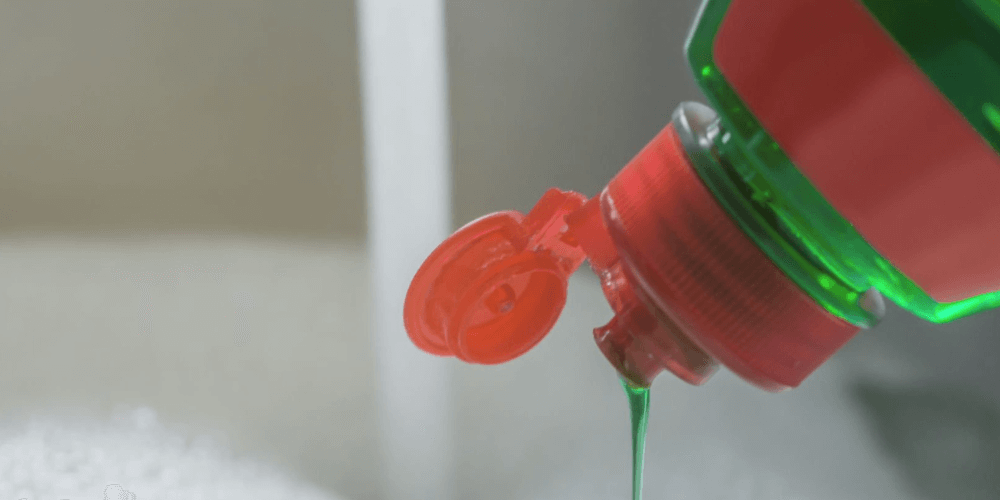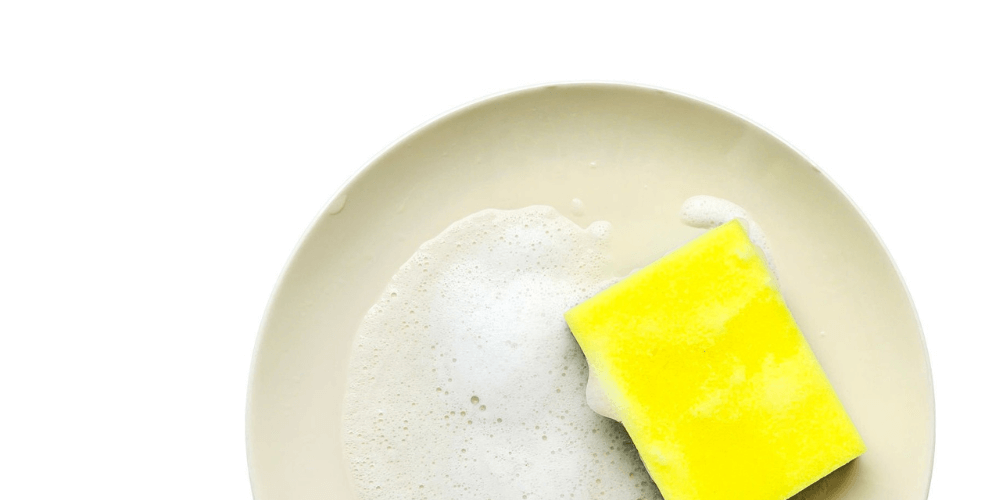When it comes to kitchen tools, a fillet knife is indispensable for chefs or home cooks who frequently prepare fish. Its unique design, featuring a long, thin, and flexible blade, allows for precise cuts along the backbone and under the fish's skin. However, the very features that make a fillet knife excellent for its task also necessitate specific safety measures.
Table of Contents
- Understanding a Fillet Knife
- The Uses of a Fillet Knife
- Basic Safety Rules
- Specific Safety Tips for Using a Fillet Knife
- Maintenance and Storage
- First Aid Tips
- Sharpening Your Fillet Knife: A Step-by-Step Guide
- Understanding the Sharpening Angle
- Frequently Asked Questions
Understanding a Fillet Knife
A fillet knife is a special type of kitchen knife used primarily for filleting fish. It has a long, thin, and flexible blade that allows for precise cuts along the backbone and under the fish's skin. The unique features of a fillet knife make it an excellent tool for its task. Still, they also require specific safety measures when in use.
To gain insights into the distinctions between fillet knives and regular knives, we encourage you to explore our comprehensive article highlighting the differences between these two knife types.
The Uses of a Fillet Knife
A fillet knife isn't just for filleting fish. Its design allows for various uses:
- Filleting Fish: Its primary use, the fillet knife excels in removing bones and skin from fish.
- Trimming Meat: The thin blade is also suitable for trimming fat and sinew from meat.
- Delicate Cuts: Its flexibility allows for precise, delicate cuts in both meat and vegetables.
Basic Safety Rules
Before we dive into the specifics of using a fillet knife, let's cover some basic safety rules for using knives in the kitchen:
- Keep knives sharp: A dull knife is more dangerous than a sharp one as it requires more force to cut, increasing the chance of slipping. Regular sharpening keeps your knives in top condition.
- Cut on a stable surface: Always cut on a flat surface to prevent the knife from slipping. A cutting board is ideal for this.
- Handle knives carefully when washing up: Knives should be washed separately from other dishes to avoid accidental cuts. Never leave a sharp knife in soapy water where it can't be seen.
Specific Safety Tips for Using a Fillet Knife
Now, let's look at some safety measures specific to using a fillet knife:
- Use the right knife for the job: Fillet knives are designed for filleting fish. Using them for other tasks may lead to injuries.
- Hold the knife correctly: The proper grip provides control over the knife. Hold the handle firmly but not too tightly, with your fingers away from the blade.
- Cut away from your body: Always angle the blade away from you when cutting. This way, if the knife slips, it won't cut you.
- Never try to catch a falling knife: If you drop your knife, let it fall. Trying to catch it can lead to serious injuries.
Maintenance and Storage
Proper maintenance and storage of your fillet knife are crucial for safety:
- Clean your knife after each use: Rinse off the knife after use, then wash it by hand with soap and hot water. Dry it thoroughly before storing it.
- Store your knife safely: Store your fillet knife in a knife block or a secure drawer where it won't accidentally cut someone. Never leave it loose on a countertop.
First Aid Tips
Despite all precautions, accidents can happen. Here are some basic first-aid tips for knife-related injuries:
- For minor cuts: Clean the wound with warm water and soap, apply an antibiotic ointment, and cover it with a clean bandage.
- For deep cuts: Apply pressure to the wound with a clean cloth to stop bleeding and seek medical attention immediately.
Sharpening Your Fillet Knife: A Step-by-Step Guide
A sharp fillet knife is crucial for efficient and safe fish preparation. Here's how to keep your blade in top condition:
- Choose the Right Sharpener: A whetstone or a specific fillet knife sharpener is ideal.
- Prepare Your Sharpener: If using a whetstone, soak it in water for about 10 minutes.
- Find the Right Angle: The ideal angle for sharpening a fillet knife is between 12 to 17 degrees.
- Sharpening Process: Gently slide the knife across the sharpener, maintaining the angle, and repeat on both sides until the blade is sharp.
Understanding the Sharpening Angle
The angle at which you sharpen your fillet knife is crucial for its effectiveness:
- 12 to 17 Degrees: This angle range is ideal for fillet knives, providing a sharp edge while maintaining blade integrity.
- Maintaining Consistency: Use angle guides if available, or practice to maintain a consistent angle throughout the sharpening process.
Frequently Asked Questions
What is a fillet knife used for?
A fillet knife is specifically designed for filleting fish. Its thin, flexible blade allows for precise cuts to remove bones and skin, making it ideal for preparing fish with minimal waste and maximum efficiency.
How to use a fillet knife?
To use a fillet knife safely, hold the fish firmly with one hand and use the other to guide the knife. Start at the tail and make a clean cut towards the head, staying close to the backbone. The flexible blade should allow you to make smooth, precise cuts. Always cut away from your body and keep your fingers clear of the blade.
Do I need a fillet knife?
If you frequently prepare fish, a fillet knife is a valuable tool. It's specifically designed for filleting, making the task easier and more efficient than using a general-purpose knife. For occasional fish preparation, a sharp chef's knife can suffice, but for regular use, a fillet knife is recommended.
How sharp should a fillet knife be?
A fillet knife should be very sharp to ensure precision and safety. A sharper knife requires less force, reducing the risk of accidents. Regular sharpening is recommended to maintain its effectiveness.
Are electric fillet knives worth it?
Electric fillet knives can be a great asset for those who fillet fish frequently or in large quantities. They reduce hand fatigue and can make the filleting process faster. However, they require practice to use safely and effectively, and they might not offer the same level of precision as a manual fillet knife.
What makes a good fillet knife?
A good fillet knife has a thin, flexible blade made of high-quality steel for sharpness and durability. It should have a comfortable, non-slip handle for safety and control. The length of the blade can vary, but it should be appropriate for the size of fish you typically prepare.
How to sharpen a fillet knife?
To sharpen a fillet knife, use a whetstone or a knife sharpener suitable for thin, flexible blades. Maintain a consistent angle of 12-17 degrees while sharpening. Gently slide the blade across the sharpener, repeating on both sides until the edge is sharp.
What angle should a fillet knife be sharpened?
A fillet knife should be sharpened at an angle of 12-17 degrees. This angle provides a balance between a sharp edge for precision cutting and durability to withstand the flexing required when filleting fish.
Using a fillet knife safely and efficiently is all about awareness and practice. Respect the tool, never rush, and remember: safety first!
Further Reading
- Whether you're looking to replace your fillet knife or make your first purchase, our article on the best fillet knives is a must-read. Check it out for our top 5 recommendations that can guide you in finding the perfect fillet knife.
- -For an in-depth understanding of the unique uses and benefits of a filleting knife, visit Koi Artisan's detailed guide.
Happy cooking!



